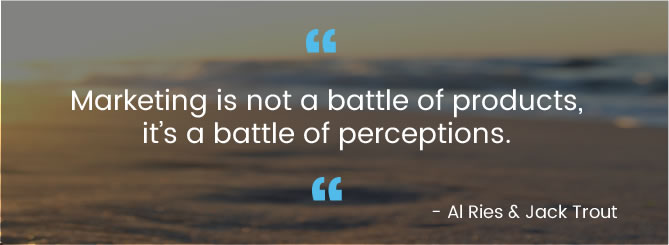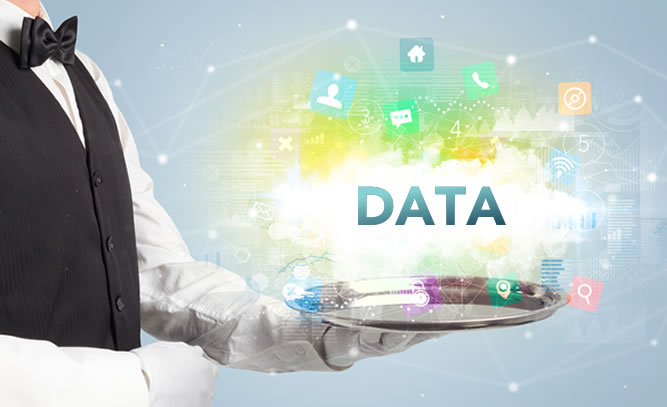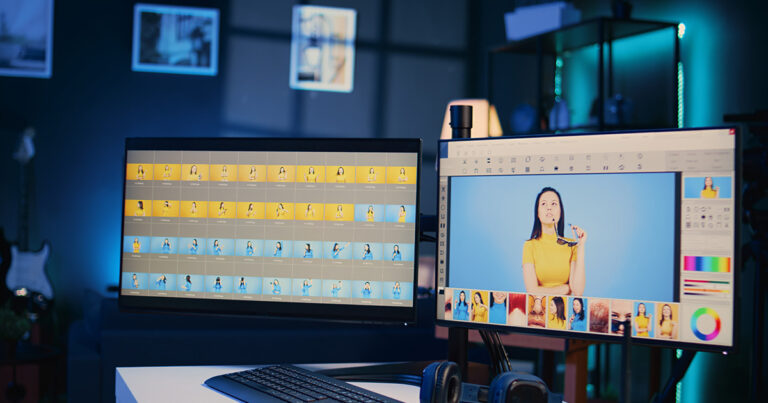What Drives Action?
We are emotional beings who THINK we’re rational beings.
What we buy, who we vote for, even who we choose to marry – are primarily emotional, or “feeling-based”, decisions.
People THINK they make decisions based on rationality, but what they are much more likely to do is make an emotional decision, and then search their brain for a rational justification of that decision.
What makes this tricky is that our brains do not make these decisions at the conscious surface level; rather, the decision-making process happens largely unconsciously. To further complicate things, we’re prone to what is known as the bias blind spot – aka, the thought that “other people are biased, but not me”.
In summary, it’s emotions – such as excitement, regret (or potential regret), hope, guilt, interest, and sympathy – that drive our decision-making processes.
Predictable Irrationality
Because of this emotional drive, it is, in many ways, irrational to expect people to be rational.
Our brains are wired for heuristics, which is a fancy term for “mental shortcuts.” These shortcuts are necessary, and yet inherently problematic.
Consider if our brains needed to process every piece of the near infinite data they receive; we’d never get anything done! Whether we’re deciding something as simple as what to wear, or as complicated as who to marry – the information overload would be paralysing.
Our mental shortcuts are necessary, in the sense that they allow us to “get the job done” – even though they may not be rational. That’s because evolutionarily, these shortcuts have developed for survival. For example, a shadow moving in our peripheral vision may make our brain immediately say “Creature! Danger!”; while it’s most likely not a creature, and rather just some laundry blowing in the wind, our unconsciousness has determined that it’s better to be safe than sorry.
What this means is that, while people are not rational, they are predictably irrational.
This predictable irrationality is precisely what marketers aim to understand.
Perception vs. Reality in Marketing
In the iconic book “The 22 Immutable Laws of Marketing”, Al Ries & Jack Trout discussed what they coined “The Law of Perception.”
As they wrote:
“There are no best products. All that exists in the world of marketing are perceptions in the minds of the customer or prospect. The perception is the reality. Everything else is an illusion.”
What product has the better box? How about the cooler logo? Do you like their celebrity spokesperson? None of these questions actually tell you anything about a product – but your answers reflect your overall perception and feeling about a product and brand. It’s this perception that matters in the long term.
And so, if perception matters more than reality, how do you control how a buyer perceives your product?
Some of the more popular feeling-creator tools include:
- Visuals have the incredible ability to instantly transport an audience to a new emotional state. The visual look of a compelling painting, photo, or movie are instantly emotive transporting the viewer to a new emotional state.
- Storytelling is an ancient means of effectively controlling how people feel. A skilled storyteller holds great power over people and societies. As Robert McKee wrote, “Storytelling is the most powerful way to put ideas into the world.”
- Other people are also incredibly effective at influencing our emotions. This is, in part, why we marvel at an actor when they truly emote. We are wired for empathy; seeing someone cry can evoke sadness, while watching someone laugh creates joy.
- Music can have a tremendous emotional impact. People will often turn on music to help adjust their mood to reflect the feelings they desire experiencing (happiness, sadness, romance, etc).
Audio, visual, and social methods of effectuating desired emotions are some of the most powerful “feeling generator” tools mankind has developed. For this reason, the moving picture has long claimed the title of “king of entertainment” – TV, movies, and web videos alike use all of these tools to evoke an emotional response from viewers.
Feeling Informed
While people make their decisions based on emotions, they still want to feel informed. This allows us to delude ourselves into thinking our decisions are rational. For this reason, people mostly make decisions once they’ve reached a surface level of understanding – enough to convince themselves they’re making an informed decision.
The lack of depth of understanding actually required in the decision-making process was underscored in this study from Oklahoma state in which;
- 82% of survey respondents supported mandatory labelling of food containing GMOs
- 80% also supported mandatory labelling of food containing DNA
Sounds good, until you realise, we’d be labelling all food “contains DNA” because all plants and animals, “contain DNA.” It would essentially be a meaningless label.
Nevertheless, survey respondents felt informed enough to answer the question. Thus highlighting how willing people are to make decisions based on feeling informed, rather than actually being informed.
This leads us to the big question: How do we market so that people make purchasing decisions based on emotion, while making them believe the decisions they’re making are rational & informed?
Data
When you give people data, they feel better informed to make decisions – but how much is too much?
When you give them just enough data, they feel empowered to make decisions – as opposed to too much data, where they get overwhelmed.
An effective option to provide just enough data is by making sure the data is personalised. This means providing a person with information that is relevant to them as an individual – therefore empowering them to make decisions that are driven by emotion, but that they feel are still rational.
Providing the user not just with general data, but with their personalised data, is in part what makes Personalised Video so powerful. We’ve already discussed why the video is seen as the king of entertainment; Personalised Video forces a viewer’s emotional response up a notch further by adding the additional element of personalisation. Therefore, grabbing their attention while informing and engaging the viewer.
In the above example, many elements of a core video have been personalised to reflect each person’s specific information. There are obvious personalised elements such as the name as well as more subtle touches reminding them of their savings goals whether that’s buying a home, retirement, or a child’s college fund. Therefore, grabbing their attention and motivating them to take action.
Take the Optimal Action
The nature of Personalised Video means viewers don’t just take any action, they take the optimal action.
Data-driven Personalised Video provides viewers with unique content that includes tailored messaging, customised next steps, and individual CTAs. That means we can control and enforce the desired optimal action we want a particular viewer to take.
Ready to take some action yourself and learn more? You can contact us by clicking now:








